June 23 – August 15, 2010
Artists Space presents Charlotte Posenenske's first institutional one-person exhibition in the US.
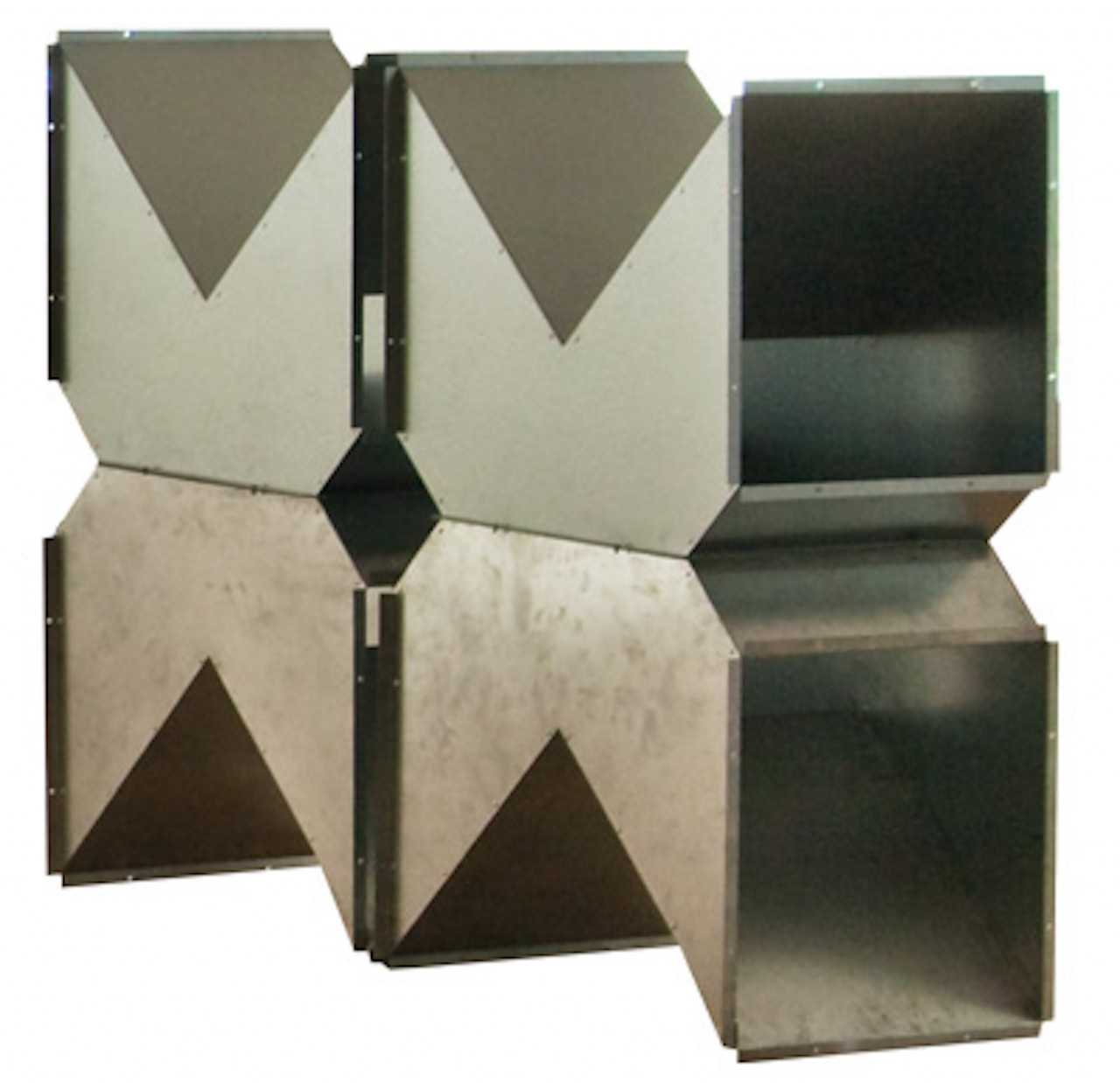
June 23 – August 15, 2010
Artists Space presents Charlotte Posenenske's first institutional one-person exhibition in the US.

The things I make are
variable
as simple as possible
reproducible.
They are components of a space, since they are like building elements,
they can always be rearranged into new combinations or positions,
thus, they alter the space.
I leave this alteration to the consumer who thereby again and anew
participates in the creation.
The simplicity of basic geometric forms is beautiful and suited
to the demonstration of the principles of rationalized modifications.
I make series
because I do not want to make single pieces for individuals,
in order to have elements combinable within a system,
in order to make something which is repeatable, objective,
and because it is economical.
The series can be prototypes for mass production.
Series DW (at Fischer’s) is made of corrugated cardboard that
is light and cheap: a material for consumption.
Often the elements of their combinations are very large in order to
alter the spatial environment more thoroughly. They approximate
architectural dimensions and for this reason also differ increasingly
from the former gallery objects.
They are decreasingly recognizable as “artworks.”
The objects should have the objective character of industrial products.
The former categorization of the arts no longer exists. The artist of the
future would have to work with a team of specialists in a development laboratory.
Though art’s formal development has progressed at an increasing tempo,
its social function has regressed.
Art is a commodity of transient contemporary significance, yet, the market is minute,
and prestige and prices rise the less topical the supply is.
It is difficult for me to come to terms with the fact that art can contribute nothing to
solving urgent social problems.
Offenbach, February 11, 1968
Charlotte Posenenske, "Statement" [Manifesto], Art International no. 5 (May 1968)
As part of Posenenske's first institutional one person exhibition in the US, every second weekend a different New York based artist was invited to change the structure of Charlotte Posenenske's Square Tubes Series D, 1967. A small reception marking each new installation by the invited artists will be held at the gallery from 6-8pm on the following dates:
July 6: Ei Arakawa
July 20: Rirkrit Tiravanija
August 3: Staff of Artists Space
Charlotte Posenenske (1930-1985) was a German minimalist prior to leaving contemporary art behind in 1968 in order to devote her efforts to the study of sociology. Her work was shown in solo exhibitions at Konrad Fischer Galerie, Düsseldorf (1967), Galerie Dorothea Loehr, Frankfurt am Main (1961, 1966, and 1968), and Galerie Paul Maenz, Cologne (1986). Her work was recently featured in documenta 12, Kassel (2007) and In & Out of Amsterdam: Travels in Conceptual Art, 1960-1976, at MoMA (2009). Posthumous solo shows include Galerie ak, Frankfurt am Main (1999/2000), Wolfgang Tillmans' exhibition space Between Bridges, London (2007), Galerie Mehdi Chouakri, Berlin (2007 and 2008), and Peter Freeman Inc., New York (2008). Her monograph was published by Hatje Cantz in the Fall of 2009.
We Dig Repetition: Peter Roehr
Curated by Mark Webber
Screening
8 pm
An evening of films surrounding
the work of Charlotte Posenenske
Screening
8pm
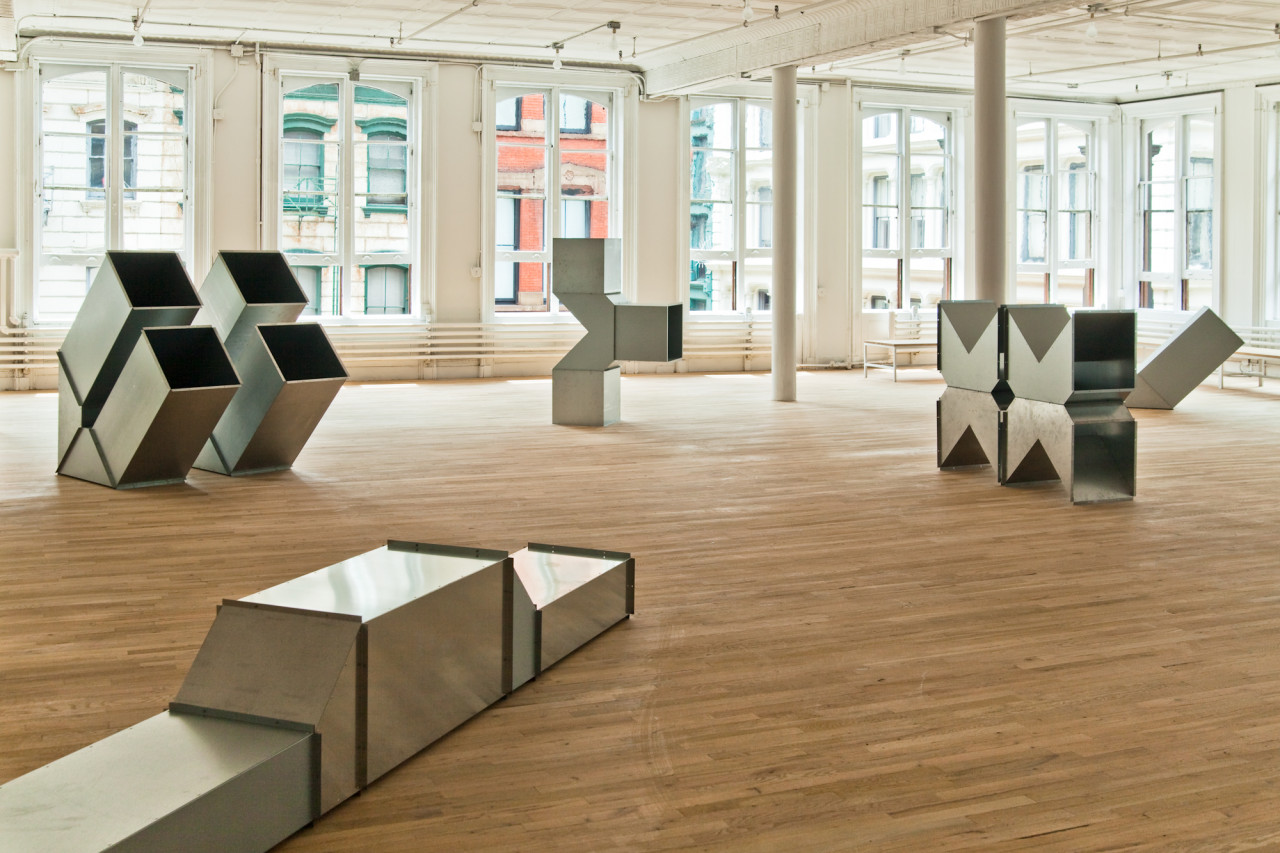
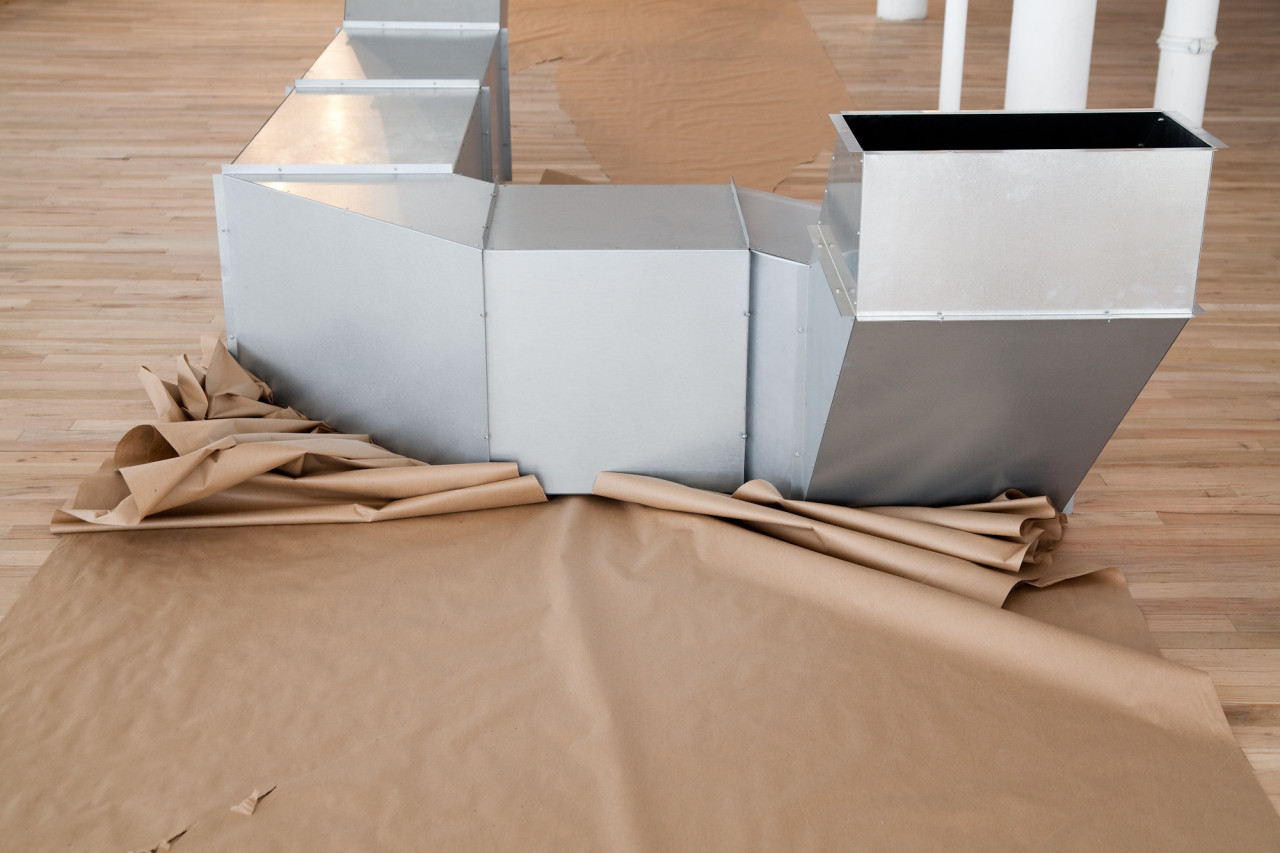
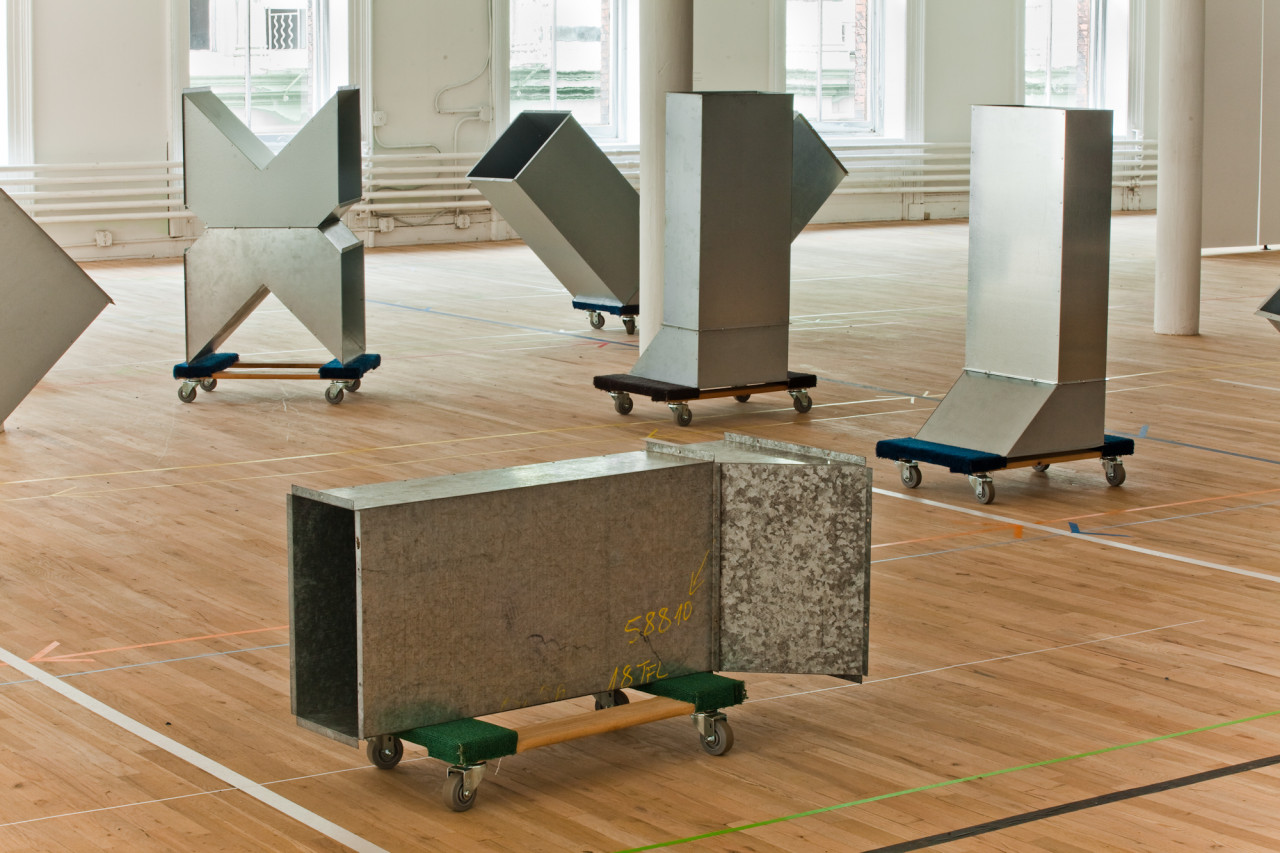
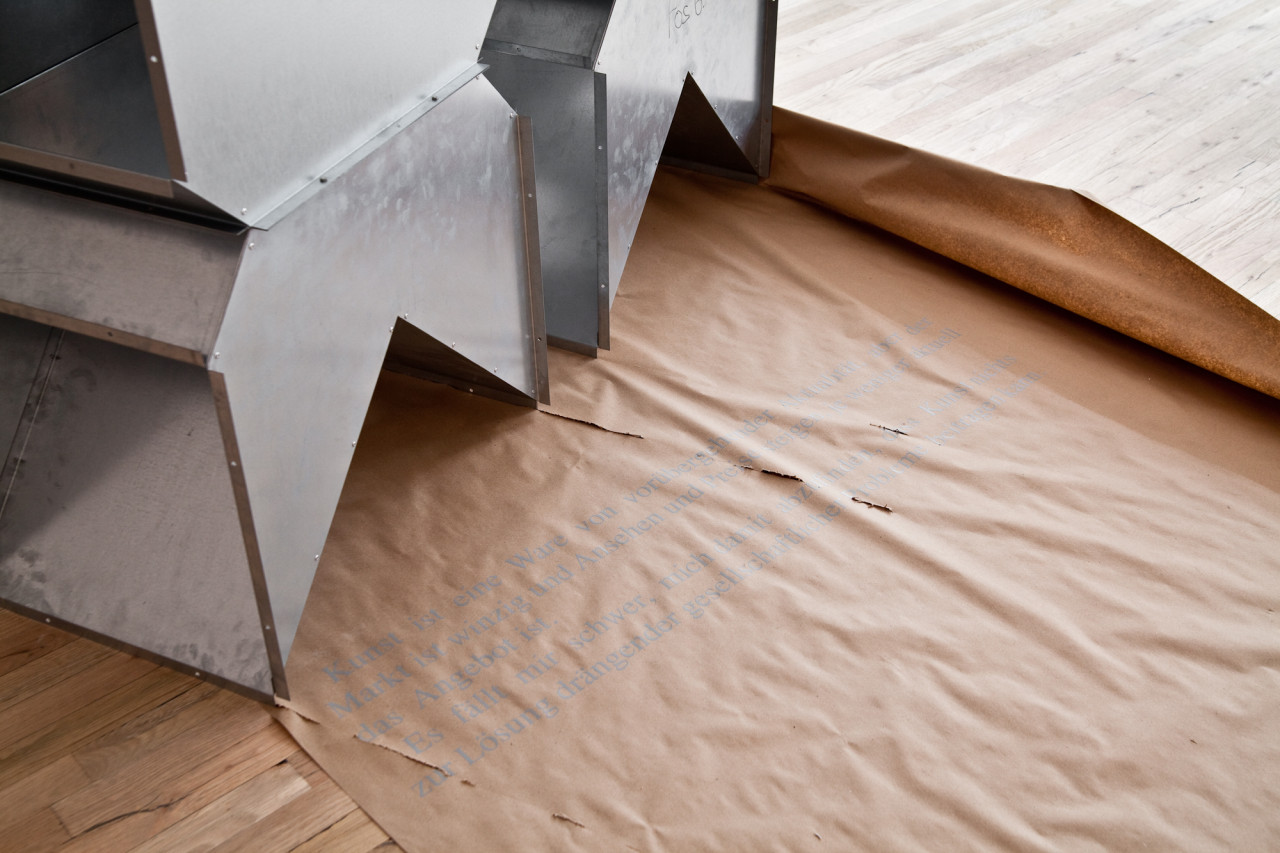
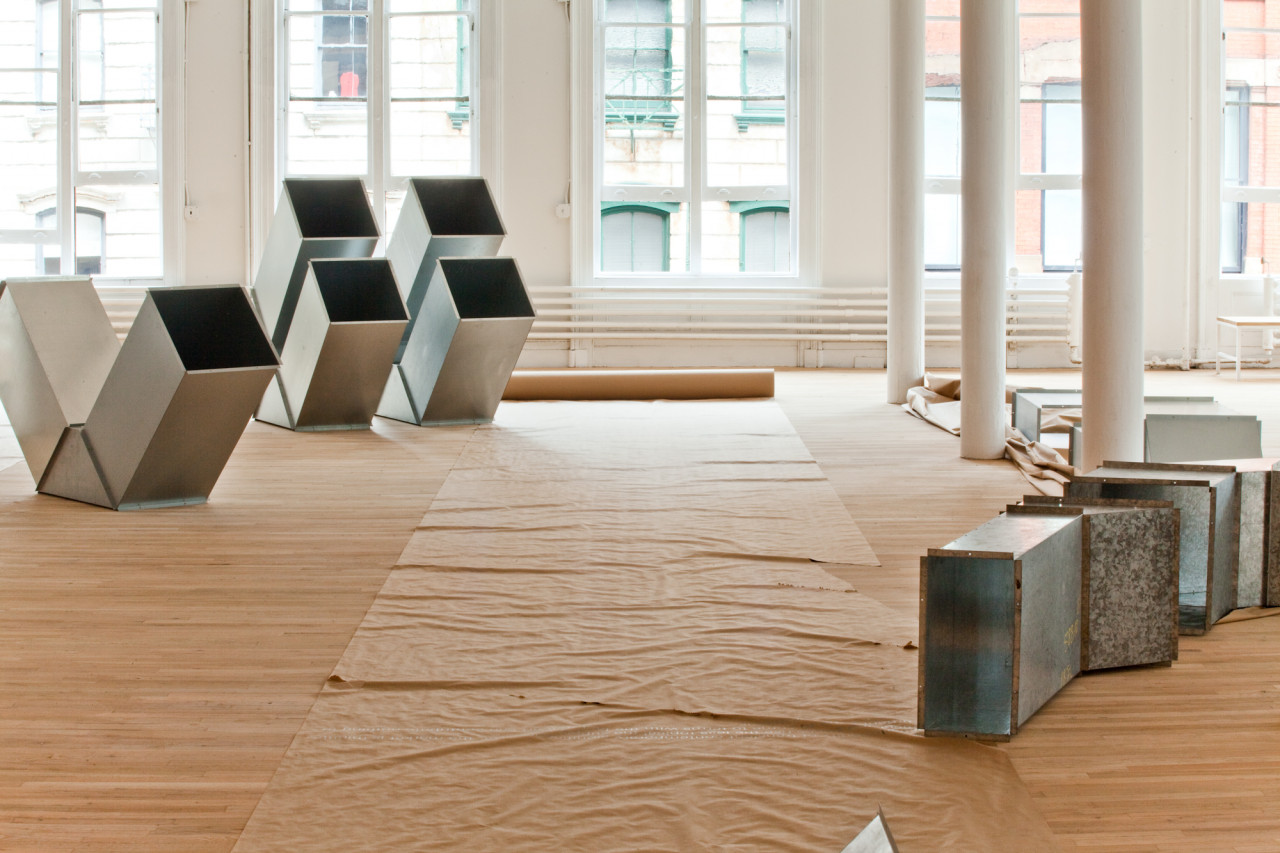

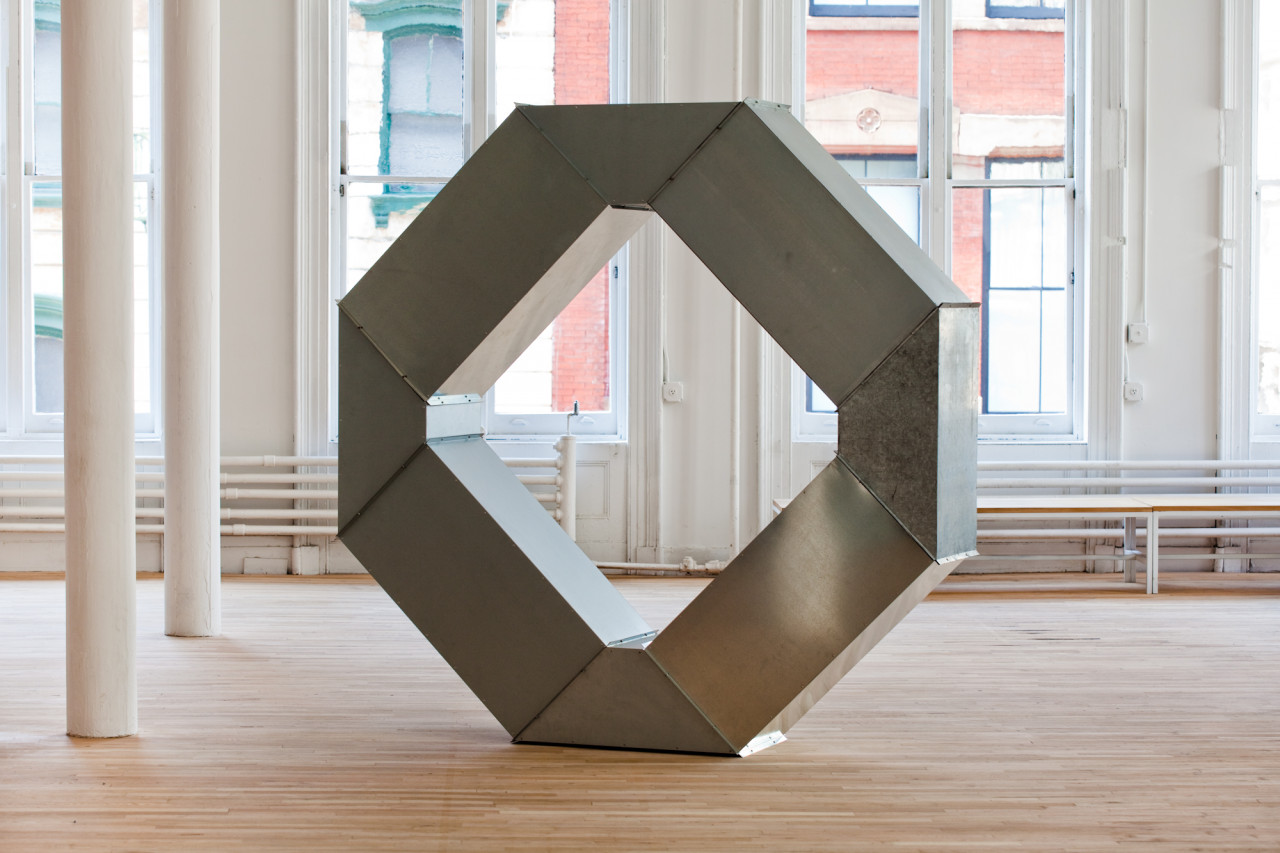

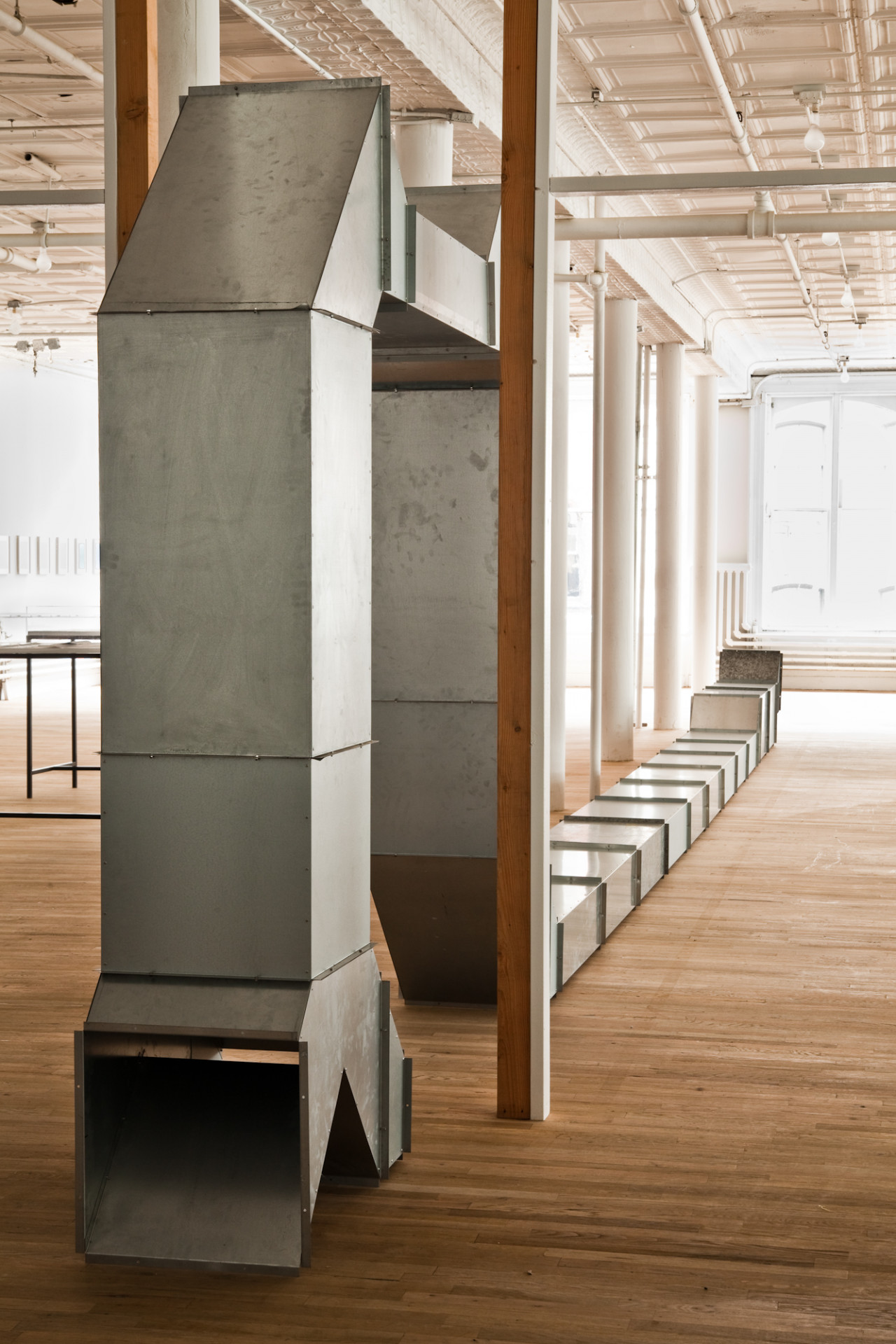
Special thanks to Dr. Burkhard Brunn, the Estate of Charlotte Posenenske, Galerie Mehdi Chouakri, Berlin, Peter Freeman, Inc., New York, Paul Maenz and Estate Peter Roehr, Berlin.